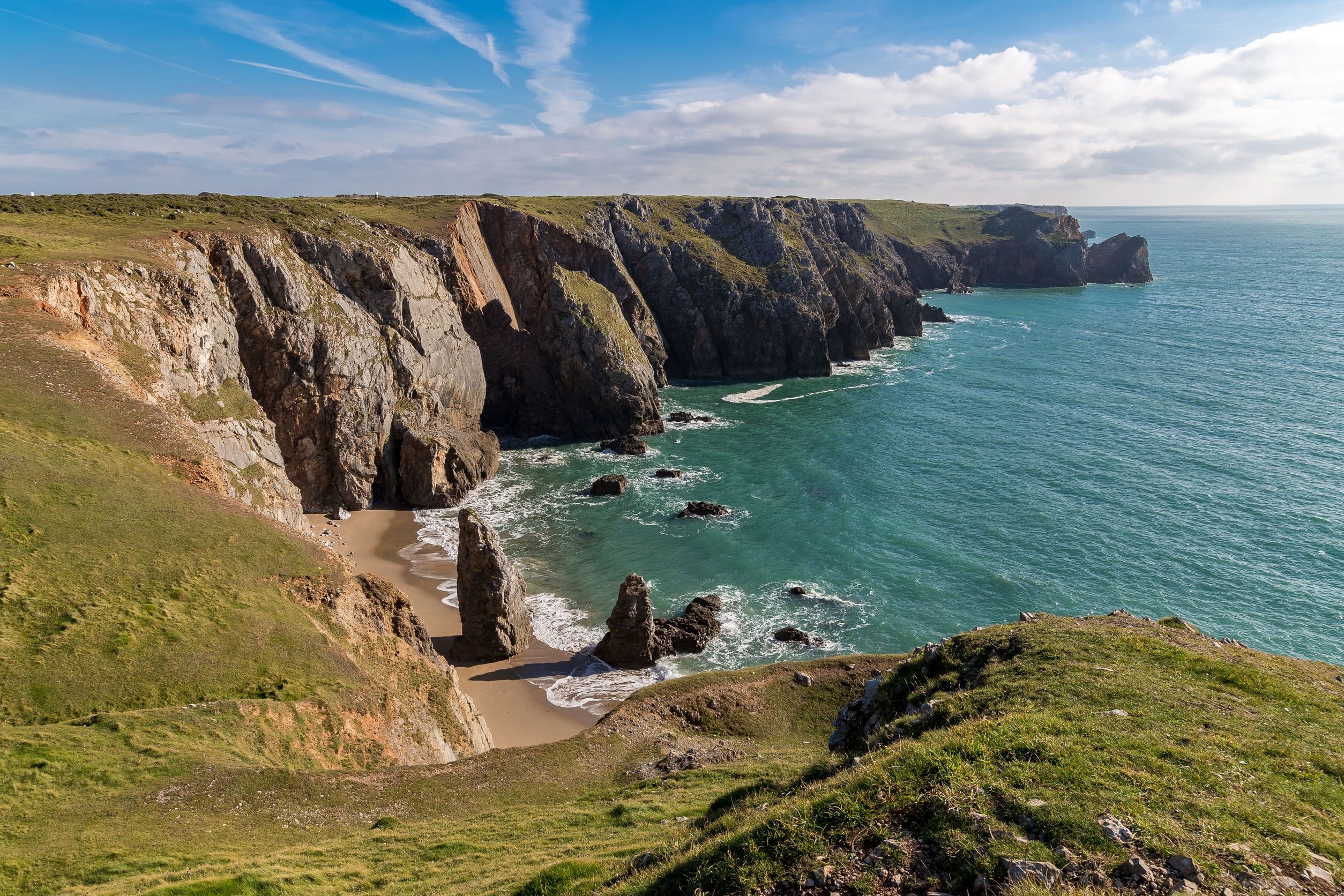Where can you find a city with 58 letters, a red dragon and one of the most beautiful coastal paths in the world? The answer is Wales. Our 20 facts about Wales introduce you to curious, historical and amazing things from the land of “song and fairy tales”.
Wales: Fact file
A small country since 1536
Wales is an independent country and has been since the “Act of Union” under King Henry the Eighth in 1536. Although Wales belongs to Great Britain, it is not part of England. And if you suggest so by mistake, you will deeply offend the great Welsh national pride.
270km x 97km
With an area of 20,779 square kilometers, Wales is only about the size of Saxony-Anhalt. Overall, Wales has an elongated shape, because the north-south extension is much greater than the width of the country. Due to its location by the sea, Wales still has an impressive coastline of 2,704 km (1680 miles), if you include its islands.
The Dragon, leek and daffodil
Three symbols represent Wales: a red dragon, a daffodil and a leek. This selection may seem a little random, but it could find its origin in the language. The Welsh word for daffodil (cenhinen pedr) is surprisingly similar to that for leek (cenhinen).
The red dragon can be found everywhere in Wales. From the national flag to the local shopping bags and even King Arthur’s nickname. His Welsh name is Y Ddraig Goch, simply meaning the red dragon.
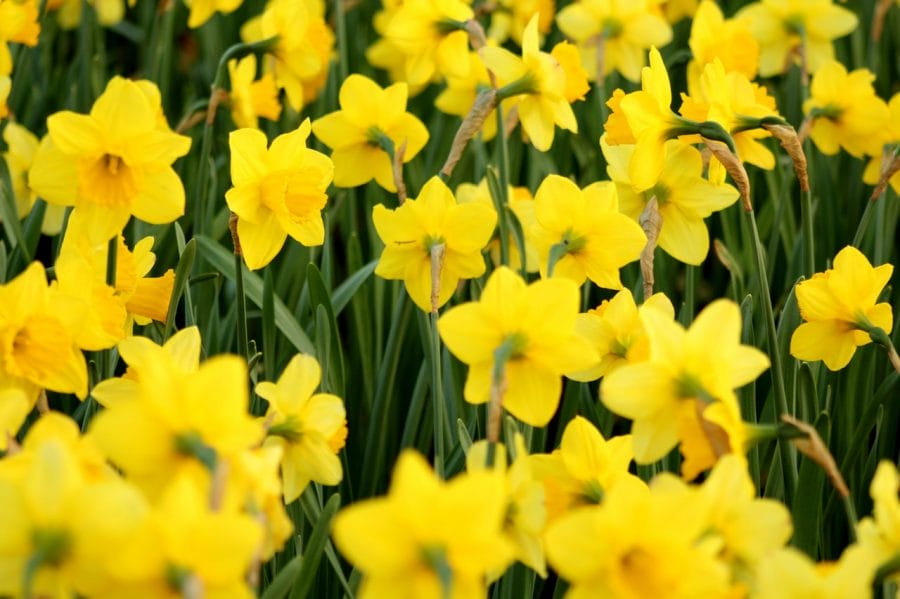
The Welsh language
Welsh is the oldest language in all of Great Britain and is spoken by a fifth of the people in Wales. This number doubles among children, which is seen as a sign that the language is making a comeback.
Signs in Wales are basically in English and Welsh. The Welsh ones pose a mystery to visitors about how the consonant-heavy Welsh words could be pronounced. However, the explanation could lie in the Welsh alphabet lacking the letters K, Q, V, X and Z.
A city with 58 letters
Llanfairpwllgwyngyllgogerychwyrndrobwllllantysiliogogogoch is actually just a small town in North Wales with not that much going on. Nevertheless, countless visitors make a pilgrimage to this place with the 58 letters every year. Maybe to count them themselves on the place name sign?

The city with 58 letters. Photo: wikimedia. Nile Fanion – license.
Saint David
Saint David is the patron saint of Wales, and St David’s Day on March 1st is Welsh national day. In his honor, parades are held in many places. The Welsh people wear traditional clothes and adorn themselves with Easter bells and leeks. According to a legend, David recommended that the Welsh people put leeks on their helmets during the fight against the Anglo-Saxons in order to be able to recognize themselves better. According to an alternative explanation, the daffodil could also symbolize the beginning of spring on St. David’s Day.
The importance of the patron saint is also reflected geographically. A town and peninsula in beautiful Pembrokeshire, in south Wales, are named after him.
The history of Wales
Multiple colonization
Wales has a history of settlement spanning more than 250,000 years and has been home to a wide variety of populations. In the last millennia alone, they included Roman occupiers, Celtic tribes, Normans and Anglo-Saxons. They all left traces such as archaeological sites, castles and tombs in the Welsh landscape. Add to this the invisible legacy of myths and legends that are so often inextricably linked with the country’s history.
King Arthur
King Arthur, the legendary, ruler is the most prominent example of the blending of fact and fiction in Wales. It is said that Arthur and his knights guided the fate of his country in an exemplary manner. Arthur was mentioned for the first time in the Historia Brittonum, a document from the 9th century. While there is a possibility that Arthur really lived, many of his adventures and exploits are historically implausible. Therefore, it is now thought that they should be interpreted symbolically. It is even said that Arthur’s sword, Excalibur, can be found in three different lakes in Wales.
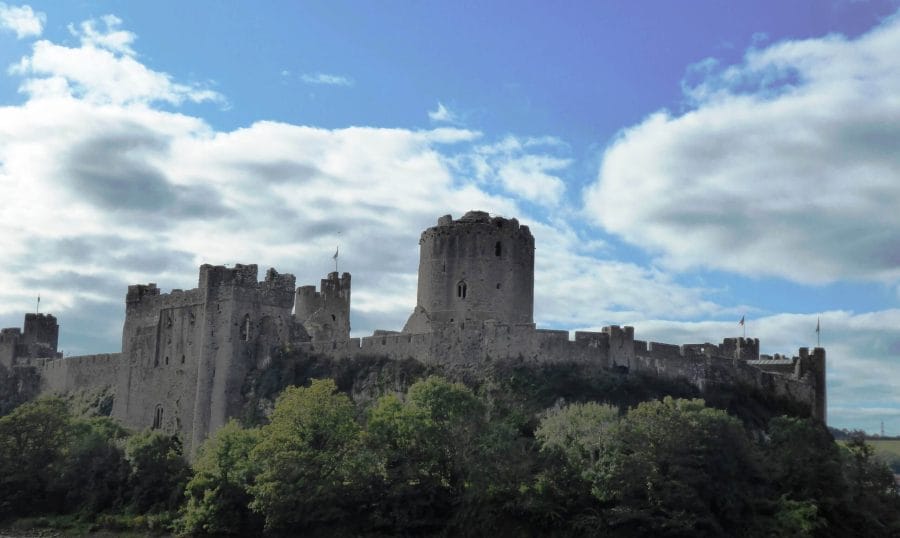
Castles
Wales likes to boast of being the “land of castles”. And with over 600 forts in total, Wales has more castles per square kilometer than any other European country. These include stone forts from the Bronze Age, the dwellings of Welsh princes and fortifications of the Norman invaders. Many of these castles are well preserved to this day, and they house museums or even accommodation.
The Rebecca riots
A chapter in Welsh history that seems legendary today was the so-called “Rebecca uprisings.” These took place between 1839 and 1843 and were bitter protests against newly introduced road tariffs. This angered the Welsh people so much that the men disguised as women burned down the customs posts at night.
Coal
Coal plays a huge role in Wales’ economic history. It was mined in the region for centuries and at times made Cardiff the largest trading center for raw materials in the 19th century. A few families became filthy rich through “the black gold”. However, for most, it represented a tough working life in poor conditions and with low pay. In the Big Pit Museum in Cardiff you can still visit the shafts underground. This allows visitors to put themselves in the shoes of the everyday life and hard work of the miners.
Nature and hiking in Wales
A magnificent coastal path
In 2012, a magnificent long-distance hiking trail was opened in Wales: the Wales Coast Path. This trail is currently the longest, continuous hiking trail along a state coast in the world. Hard-core hikers can cover over 1,300km (808 mile) on this extraordinary trail. Of course, you can also enjoy this gigantic path in sections or day trips. The Wales Coast Path is divided into seven shorter trails such as the Anglesey Coastal Path, Ceredigion Coast Path, and the most famous and popular Pembrokeshire Coast Path,
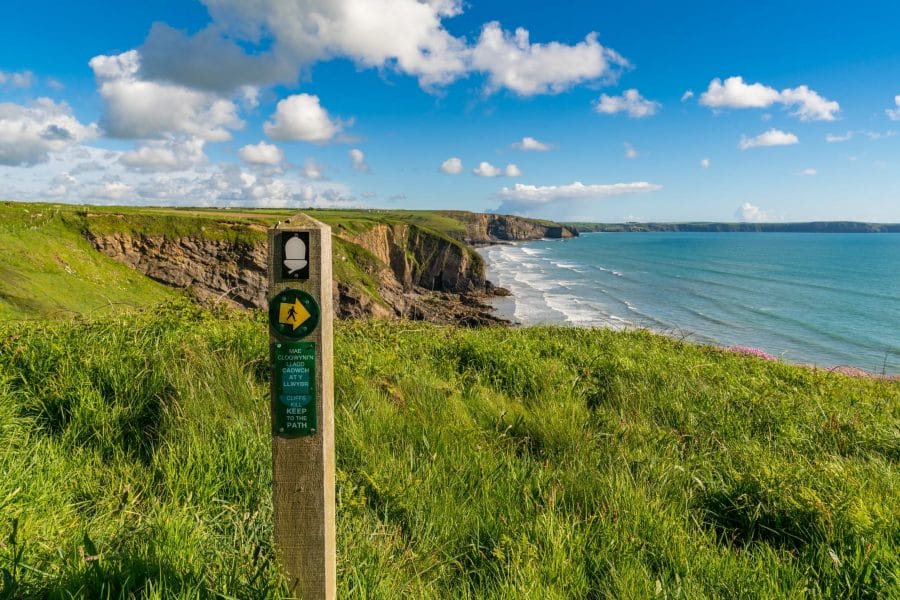
One fifth of Wales is a national park
There are three national parks in Wales: Snowdonia, Pembrokeshire Coast and Brecon Beacons. Snowdonia is an area of fairytale beauty and is home to Snowdon, the highest mountain peak in Wales at 1,085m.
The Pembrokeshire Coast National Park is the only national park in Great Britain that is located on the coast and thus protects marine life and their habitats. Brecon Beacons stretches across a mountain range in South Wales and includes diverse and enchanting landscape features such as moors, caves, lakes and waterfalls.
What makes it special is that these three national parks have a total area of 4,122 square kilometers: one fifth of the whole of Wales.
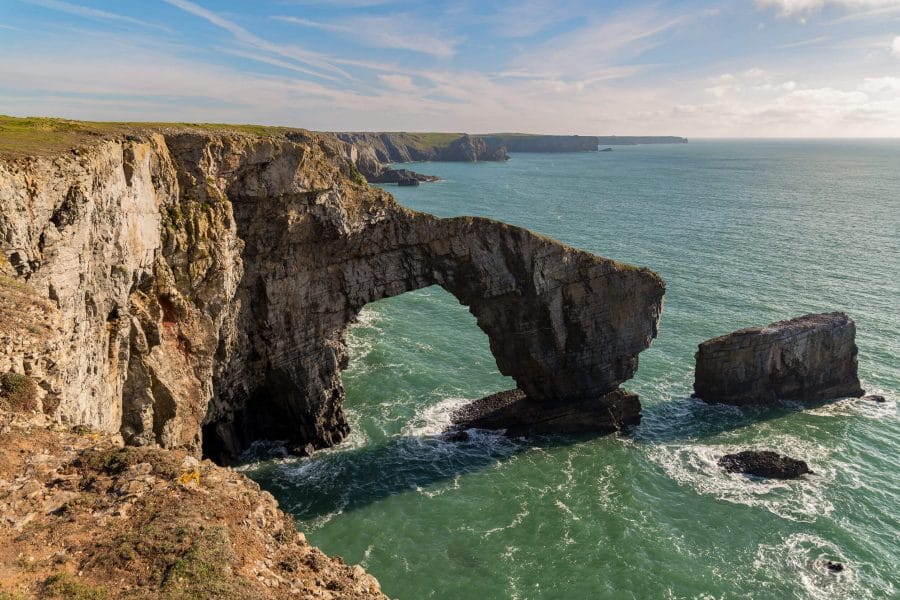
The culture of Wales
Eisteddfod – The national competition of bards
The Eisteddfod takes place in Wales every year. Over 6,000 poets and musicians take part in this high-profile competition and performances are presented exclusively in Welsh. Numerous visitors enjoy demonstrations at the highest level for over a week and in annually changing venues. This musical and literary festival looks back on a tradition that goes back to the 12th century. To be named bard is a coveted award to this day.
Welsh celebrities
Many famous people are from Wales. Did you know that Anthony Hopkins, Tom Jones, Roald Dahl and Catherine Zeta Jones are all from this corner of the world?
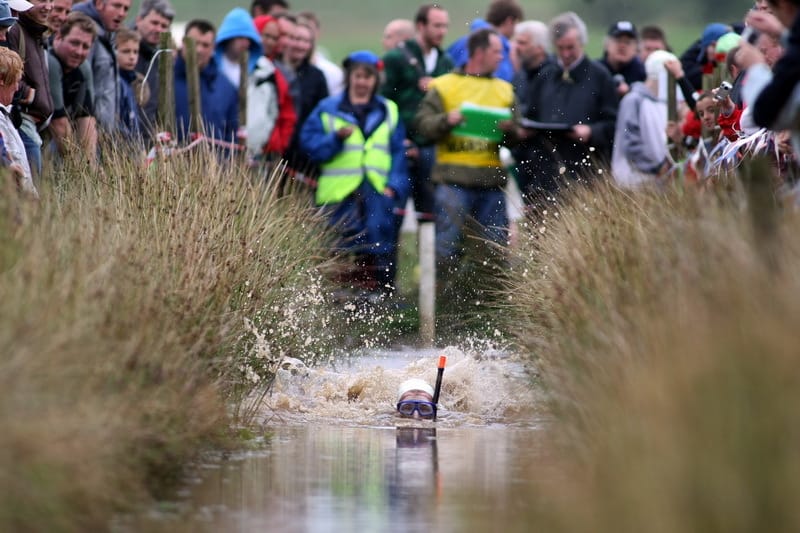
Mud snorkeling, one of the quirkier sports in Wales. Photo: wikimedia. Rud-gr – license.
Sports in Wales
Its own soccer team and rugby team
Walsh has produced some world-famous soccer players including Ian Rush, Mark Hughes, Ryan Giggs and Garath Bales. They also recently qualified for Euro 2016, the competition played to decide the best national soccer team in Europe.
However, rugby is by far the more popular (and successful) sport in Wales. The Millennium Stadium in Cardiff is known by many as the best rugby stadium in the world and hold 74,000 fans. Wales have won the Annual European national rugby tournament, The Six Nations, 27 times and made the Rugby World Cup semi-finals twice.
Quirky competitions
In Wales, in addition to well-known sports, there are also some highly unusual and crazy competitions: in Llanwrtyd Wells, a championship in mud snorkeling takes place every year. Participants paddle with flippers and snorkels through a 50m long moat. The Lonely Planet guide has even chosen this spectacle as one of the best events in the world.
Apart from the boggy fun, there are also always competitions in which people compete against machines or animals to be found in Wales. In Tywyn, participants swim against each other with a steam locomotive driving alongside them. The “Whole Earth Man VS Horse” marathon endurance competition is where participants try to climb the mountains around Llanwrtyd Wells faster than a horse. It took 25 years of trying for this to happen for the first time.


